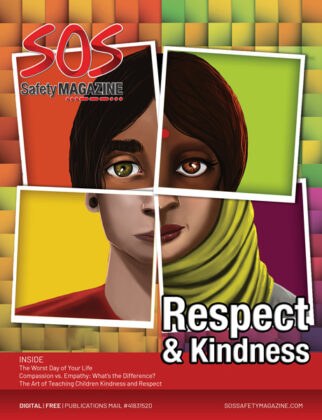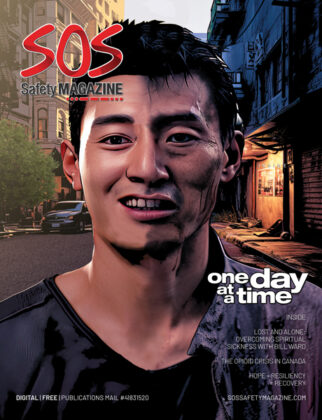ARTICLES
Teen Gambling Rates and Stats: How Much Do Our Children Gamble?

Gambling is such an integral part of our society that many adolescents consider stepping into a casino to be a rite of passage. And why wouldn’t they? Gamblers are always colourfully presented in ads and promos as cheerful, smiling people whose lives have been dramatically improved by indulging in their money-grabbing hobby.
Children are susceptible to advertising from an early age, so it’s only a matter of time before they try to imitate this behavior.
The fact that this problem doesn’t get as much exposure as it should is an issue on its own. So, what do the numbers say? Let’s take a look.
Teenage Gambling Habits
The UK Gambling Commission, the highest regulatory body for gambling in the United Kingdom, recently published a report conducted by Ipsos MORI. The survey asked young people aged 11-16 various questions about their gambling habits. Some of the highlights show the following:
- 4.4% of them either had a problem with gambling or were at increased risk of developing one
- 11% admitted to spending their money on gambling in the past week
- 39% of teenagers said that they’d gambled in the past 12 months
It is interesting to note that not all gambling is problem gambling. For some, it’s just a social activity that they have full control over. In fact, 55% of surveyed youngsters said they gamble simply because it’s fun, while 59% understood the danger of gambling.
What is the media’s role in all this? Around 69% of adolescents confirmed that they’ve seen or heard gambling adverts, however, 83% said that ads didn’t motivate them to gamble.
Early Beginnings
They might not be fully aware of it, but children are introduced to gambling at an early age. As the GamCare blog notes, popular arcade games like penny pushers and claw cranes contain elements of gambling that could have an effect on children’s future gambling habits. For many children, this is their first contact with the idea of gambling, but neither they nor their parents acknowledge it. Even worse, these machines are notorious for being unreliable and unfair (similarly to how casinos are perceived), which is why they’re illegal in some countries.
A 2019 report found that, for 26% of adolescents, slot machines were the first form of gambling they were exposed to. It makes sense, considering they are most like the arcade machines they played in their childhood. It’s not a coincidence that slots are also the most popular attractions in casinos, both online and offline.
While standard gambling is illegal in the UK for persons under the age of 18, the National Lottery allows 16-year-olds to gamble. Many adolescents have had their first taste of betting by playing lottery and scratch cards with their family. About 24% of teenagers gave the lottery a shot because they felt influenced or pressured by their families.
Online and Video Game Gambling
In an effort to stop underage gambling, many online casinos have strict policies that forbid minors from creating an account. There are multiple layers of security and identification checks to ensure players are of legal age. So, it’s not surprising that only a small percentage of teenagers actually manage to place a bet. The results from the Ipsos MORI survey showed that only 7% of teenagers have ever gambled online, and only 3% have done so in the last seven days.
The rules are much more loose when it comes to video games. There are plenty of mobile titles aimed at children that contain elements of gambling that don’t require real monetary purchases. Although it’s not financially problematic, it still creates the same kind of thrill gamblers get from the real thing. It’s only a matter of time before many gamers make the switch.
Another problem concerns the concepts of loot boxes and skin gambling found in the world of competitive video gaming. Namely loot boxes are crates of special items that players can win in-game by paying with real money. However, since it’s always “randomized”, they don’t know exactly what they’re getting, which is pretty much the definition of gambling.
Skin gambling was introduced in 2013 by a game called Counter-Strike: Global Offensive. The “skin” refers to the various in-game cosmetics players can earn and trade with other players. Over the years, and especially on the black market, these skins have been used as a real currency for making bets.
Future Endeavors
Underage gambling is still uncharted territory. In order to fight the problem, governments, parents, teachers, and teenagers need to recognize its existence. In recent years, there have been more and more petitions to include gambling awareness in the school education system. Some suggest it should be equated with such problems as alcohol, drugs, and other risky behavior. It is a positive and necessary step towards creating a safer and healthier environment for future generations. Whether it will take effect remains to be seen.
By Daniel Korolija







